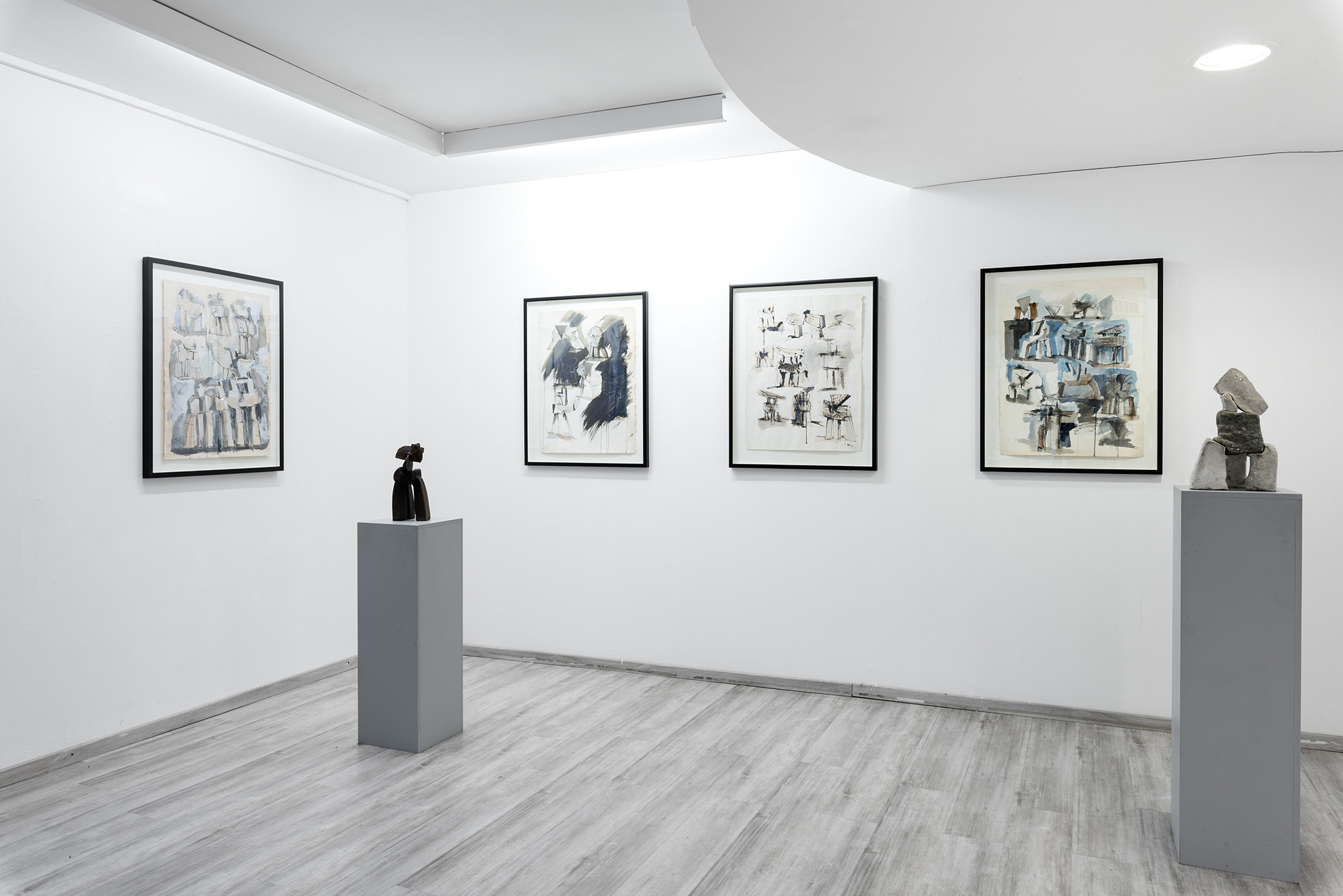With his considerable experience in the art world, including a long stint working at Sotheby’s in London, co-founder of Initio Arts & Design Bálint Ferenczy is perfectly placed to stage exhibitions of well-known and emerging artists, and play a leading role in major art fairs and collaborative projects.
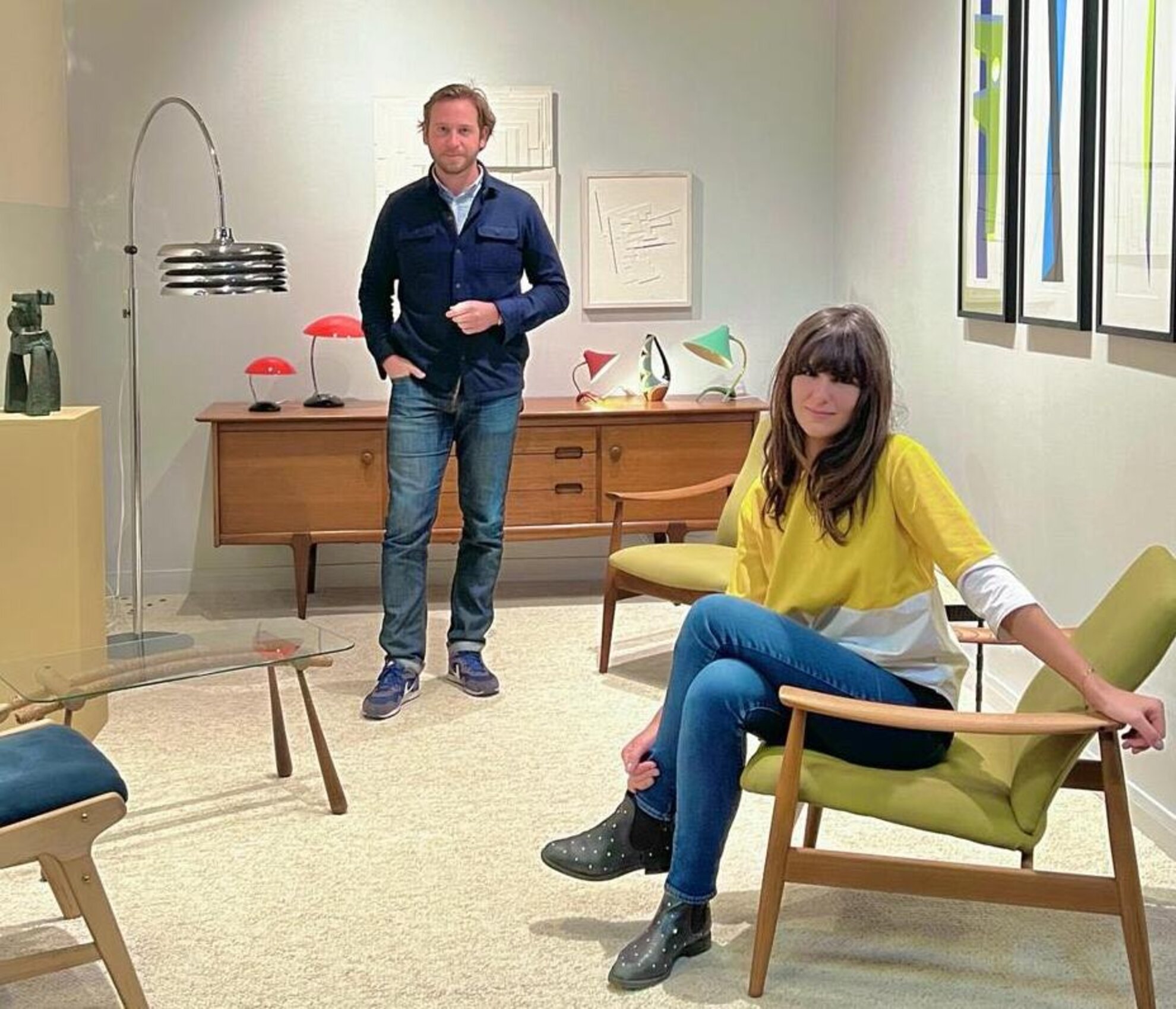
As well as overseeing current show Kecskeméti: 75, an anniversary collection of works by the venerable sculptor, Sándor Kecskeméti, Ferenczy has just established a permanent base in Paris, specifically for contemporary art and vintage design from Hungary and this region, run jointly with his French wife, Marie Tourre de Robien. Initio Arts & Design opened at the renowned Marché Paul Bert Serpette in March.
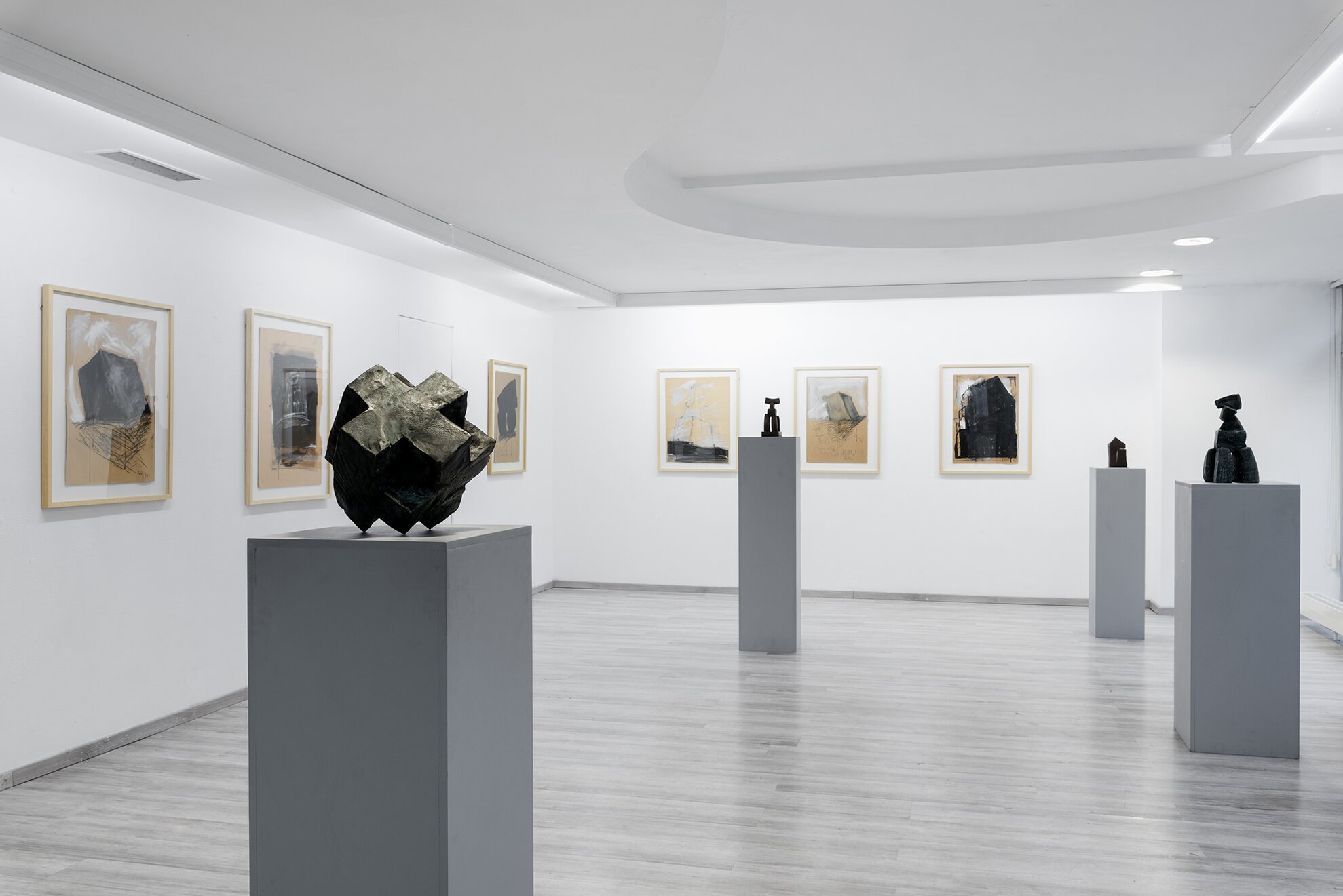
Fittingly, one of the first pieces sold during that first weekend was by Sándor Kecskeméti for €6,000. His works sit in collections at major institutions from Istanbul to Seoul, and are bought by collectors around the world.
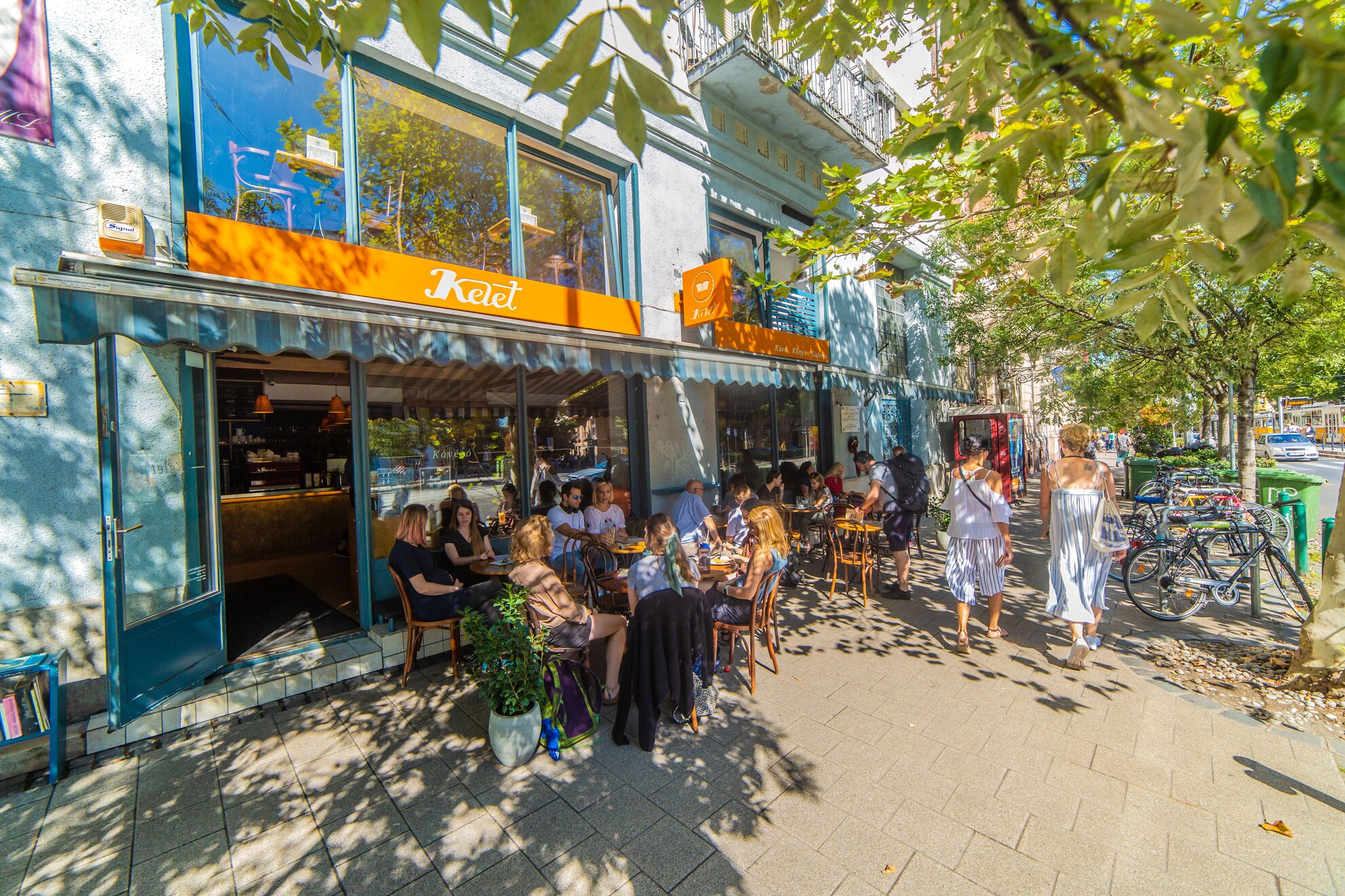
It was Ferenczy’s grandmother who set up the KAS Gallery, first on Váci utca, moving to what was then drab Bartók Béla út in 2014. This prominent avenue leading up from the Hotel Gellért in Buda now buzzes with busy cafés, bars and studios.

“When he’s here in Budapest, Sándor Kecskeméti works at the famous Kelenhegyi Műteremház, just behind the gallery, up the hill on Kelenhegyi út, and would often pass by,” says Ferenczy.
Between the early 1900s when famous artists such as Béla Czóbel and József Rippl-Rónai lived at the Műteremház, and the 1970s when trained artist Kecskeméti began experimenting with new forms and shapes, the local art world had changed dramatically.
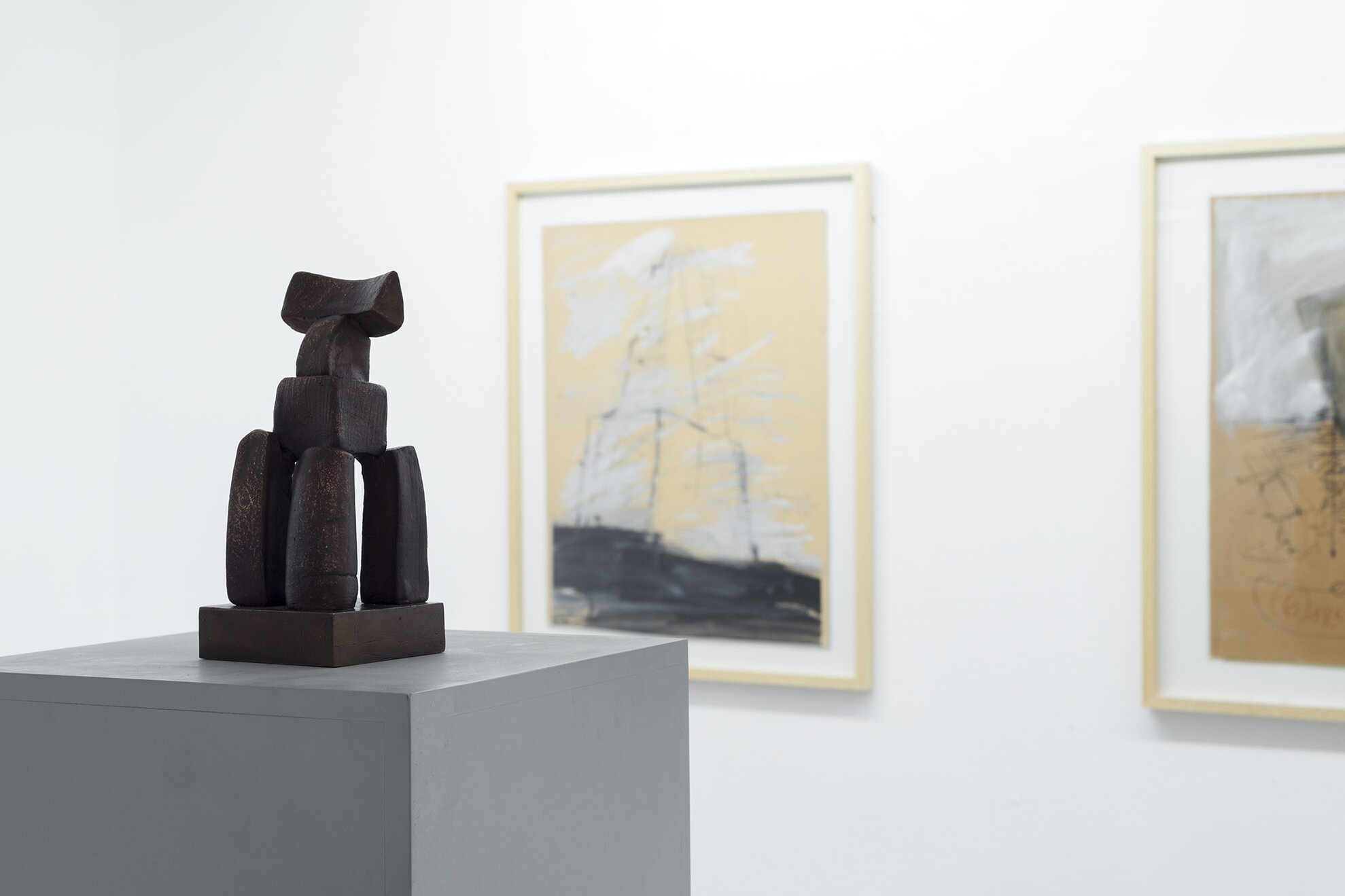
“Kecskeméti realised that by studying at the University of Applied Arts, he would be more free to express himself,” explains Ferenczy, alluding to the censors of the Communist era who once decided on the suitability of more figurative art.
Kecskeméti developed an architectonic approach to what he calls ‘thought sculptures’, miniature monuments that struck a particular chord in Germany. He first exhibited there in the 1970s and won the Bavarian State Prize in 1986. He would also create paintings and drawings of each work.
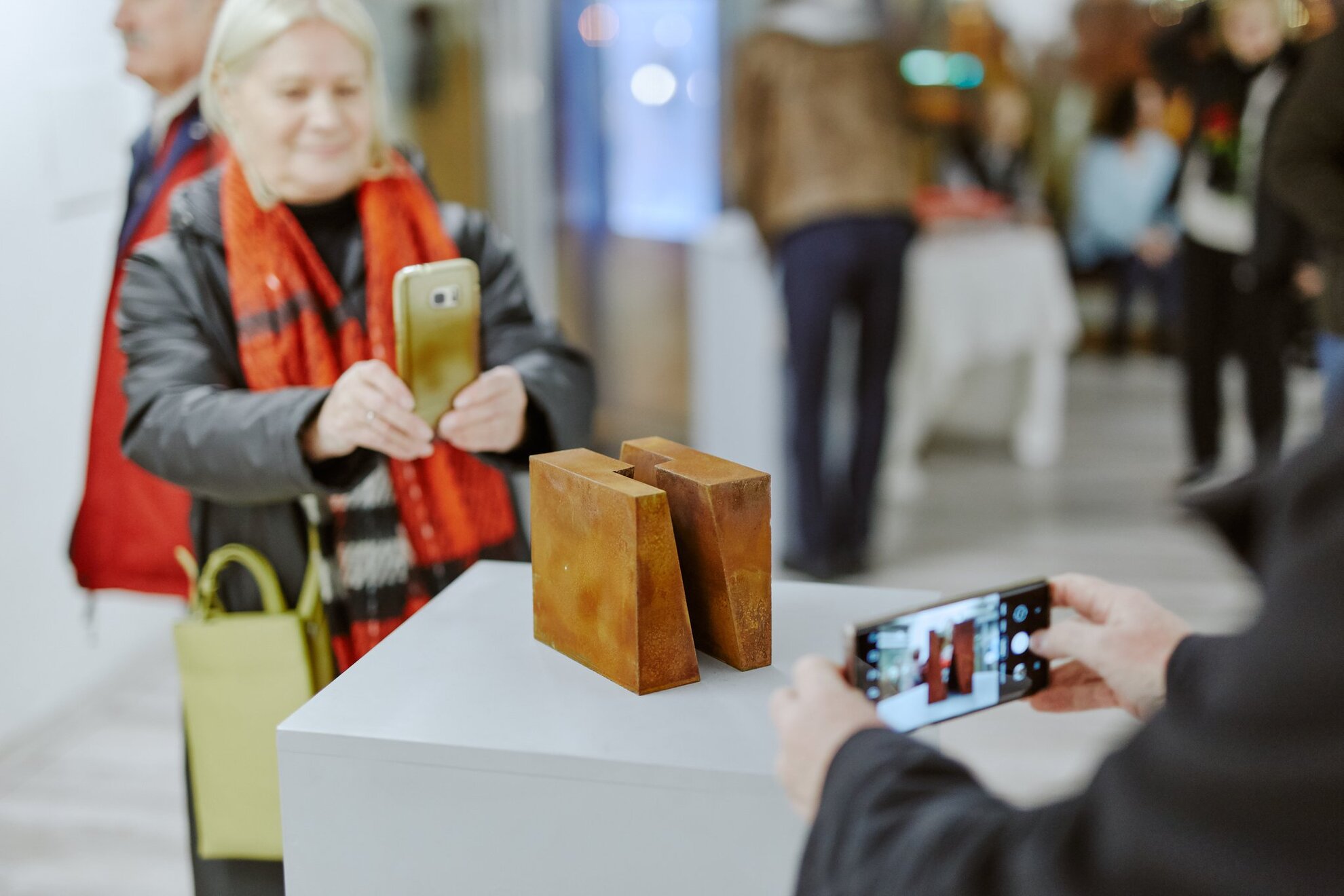
Soon afterwards, the KAS Gallery opened at the Klotild Palace, just as Hungary had freed itself of Communism and censorship. KAS, a Hungarian acronym for the Studio of Contemporary Creators, aimed to fill the gap between state patronage and the free market, with artists struggling to make a living during the régime change.
It was just then that Kecskeméti decided to move to Germany, collaborating with architect Egon Kunz in Gundremmingen in Bavaria. As well becoming prominent in Germany, where he has some 20 public sculptures on display, Kecskeméti had work shown at the Art of Eastern Europe exhibition in Philadelphia and the Suzuki Gallery in Kyoto.
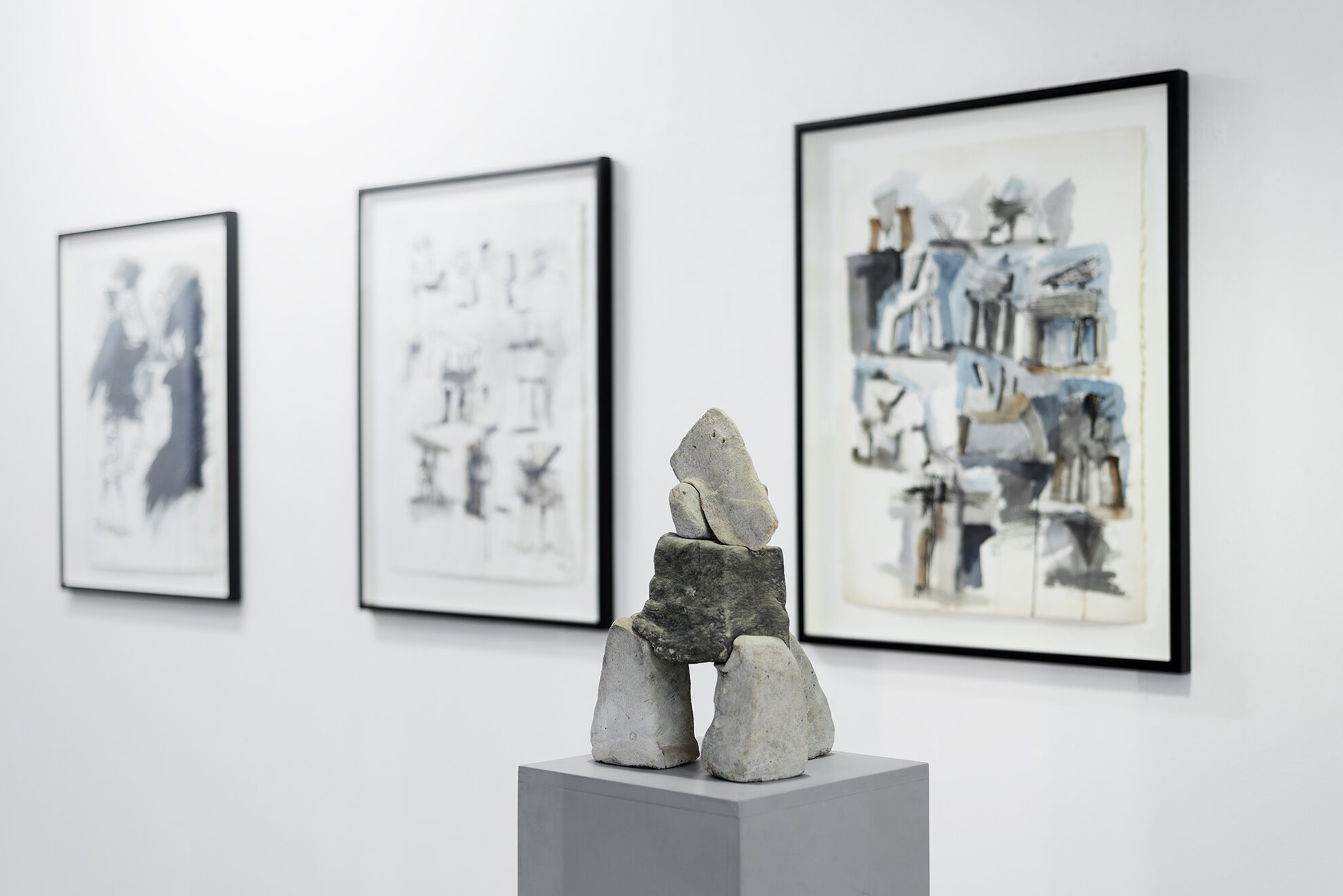
“Asian collectors love the finer detail in Kecskeméti’s pieces,” says
Ferenczy, pointing out the lines and cracks in the items expertly presented
around the KAS Gallery. Now with more money to invest in his work, Kecskeméti
could make sturdier bronze versions of his creations, as well as retaining the
ceramic originals whose final look is always decided by the whims of the baking
oven.
As this last part of the process is out of anyone’s control, this random disconnect
between the artist’s intention and the final outcome is one appreciated by collectors
around the world. “Beauty in imperfection,” as
Ferenczy describes.
The bronze sculptures on view at the Kecskeméti: 75 show are all limited-edition and for sale. The artist, meanwhile, is now spending more time at the nearby Műteremház, as Bártok Béla út continues to flourish.
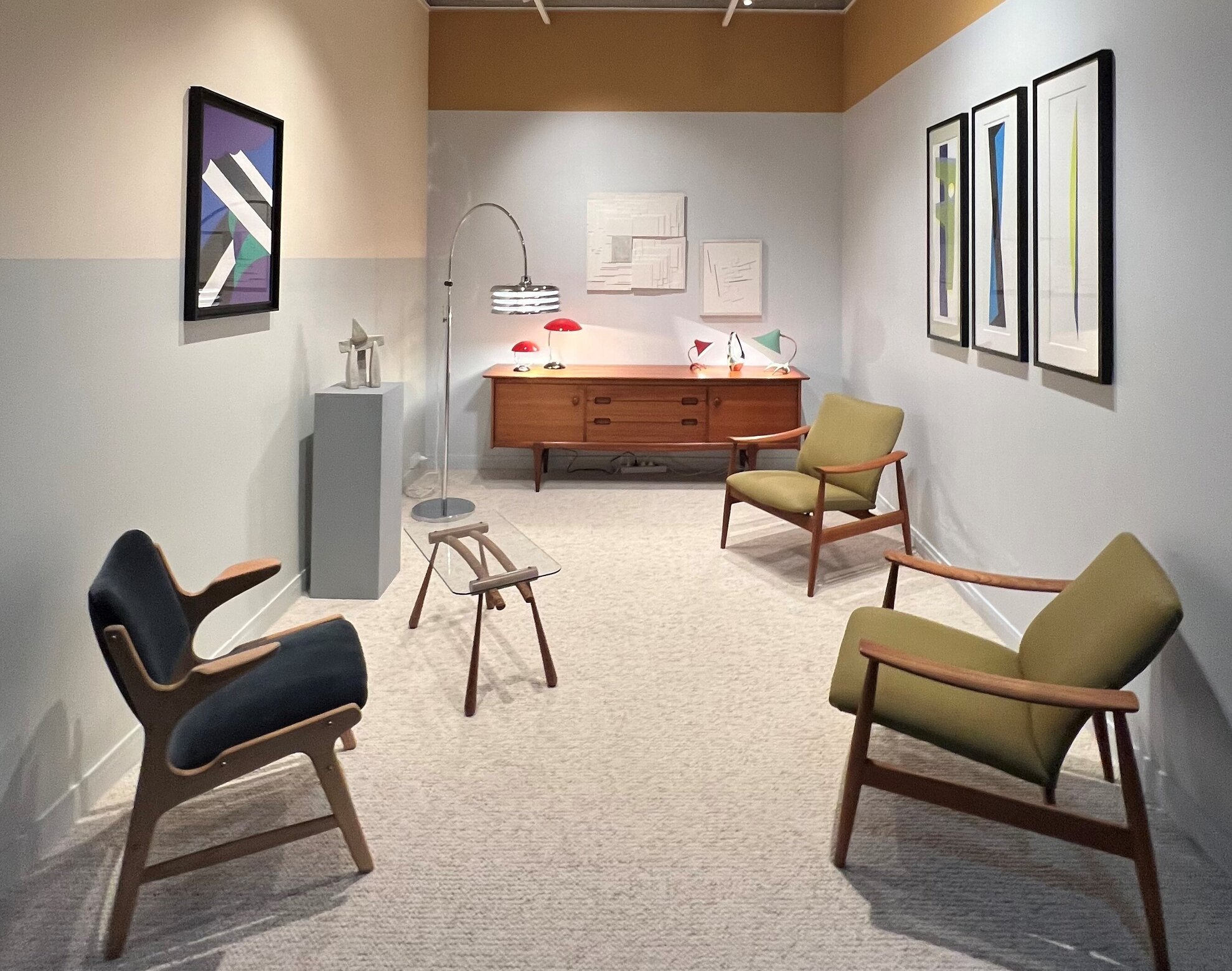
With Budapest making a bigger splash in the global art world, partly driven by the unprecedented prices paid for major works, given their international experience, Bálint Ferenczy and Marie Tourre de Robien began looking further afield to showcase Hungary’s contemporary artists.
Securing a spot at the Marché Paul Bert Serpette, the indoor hall at the famous flea market of St Ouen in Paris, the couple focused on particular Hungarian artists – Kecskeméti, István Nádler, János Fajó, Tamás Konok – while selecting specific examples of European and Eastern-European design, Czechoslovak lamps and the like.
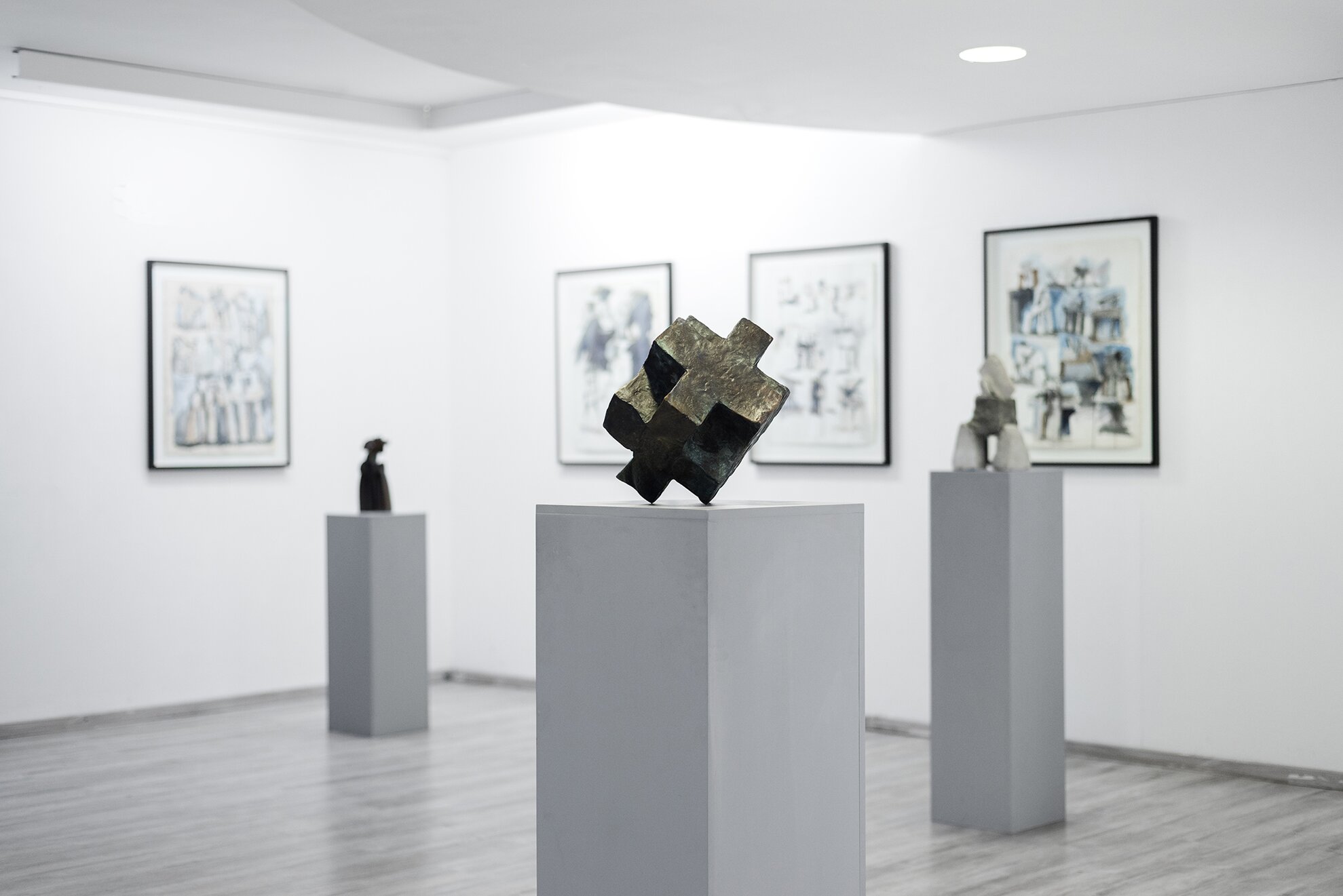
The French connection now gives Initio Arts & Design a more significant European profile and perspective, just as contemporary artists here become more sought-after beyond Hungary’s borders.
Event information
Kecskeméti: 75
Initio Arts & Design @ KAS Gallery
1114 Budapest, Bartók Béla út 9
Open: until 27 April, Wed-Fri 3pm-6pm
Also: Initio Arts & Design @ Marché Paul Bert Serpette
